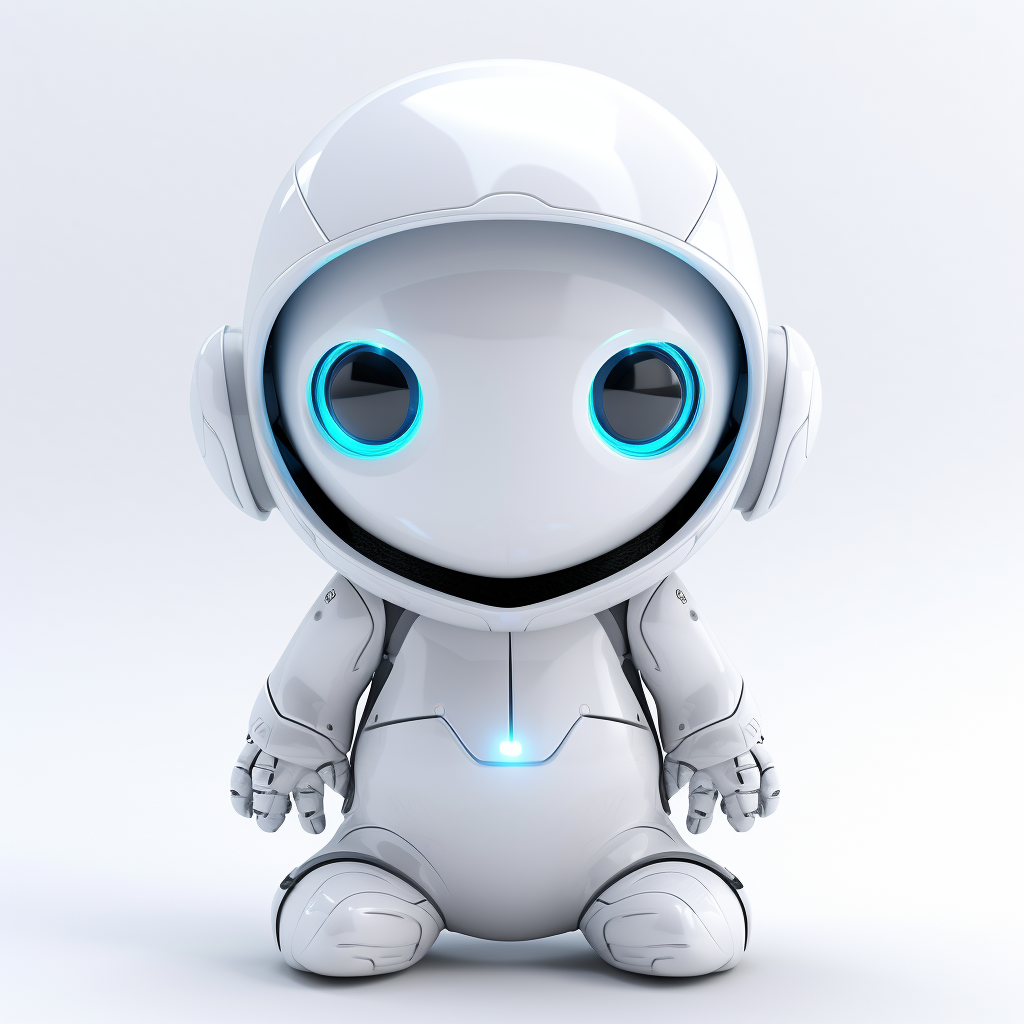Artificial intelligence (AI) and machine learning (ML) are rapidly evolving fields that present a unique set of challenges. One of the key hurdles practitioners face is ensuring reproducibility, portability, and environment parity in their workflows. This is where Docker, a popular containerization platform, becomes crucial. By breaking down the reasons why Docker is fundamental for AI applications, we can see how it serves as a solution to some of the toughest problems in machine learning.
Reproducibility: Science You Can Trust
Reproducibility is essential for establishing credibility in AI development. It enables researchers and practitioners to verify results, audit claims, and seamlessly transfer models between different environments.
Precise Environment Definition
With Docker, every piece of code, library, and system tool is specified in a Dockerfile. This allows you to recreate the same environment across different machines, effectively eliminating the notorious “works on my machine” dilemma. For example, a study published in 2019 demonstrated that reproducibility issues hindered the verification of numerous AI research findings, costing the industry time and credibility.
Version Control for Environments
Docker allows teams to version control not just their code but also the dependencies and configurations required to run it. This means that whether it’s six months later or six years, you can rerun experiments with confidence, ensuring that results remain valid and traceable.
Easy Collaboration
Sharing a Docker image or Dockerfile facilitates instant replication of your ML setup among colleagues. This standardizes the environment and streamlines collaboration, which is vital for peer reviews and teamwork.
Consistency Across Research and Production
The same Docker container that was used for academic experimentation can be transferred into production without any changes. This ensures that the scientific rigor achieved during research translates directly into operational reliability.
Portability: Building Once, Running Everywhere
AI projects often need to be deployed across different platforms, whether on local systems, on-premises clusters, or cloud environments. Docker’s containerization simplifies this by abstracting the underlying hardware and operating systems.
Independence from Host System
Docker containers encapsulate applications and their dependencies, enabling consistent performance across various operating systems like Ubuntu, Windows, or MacOS. For instance, a study showed that using Docker minimized deployment issues by over 30% compared to traditional setups.
Cloud & On-Premises Flexibility
Containers can be deployed on diverse platforms, including AWS, Google Cloud Platform, or local machines. This flexibility allows for easy migration across clouds without concerning yourself with compatibility issues.
Scaling Made Simple
As data and demand increase, Docker containers can be replicated effortlessly, scaling horizontally across many nodes. This capability alleviates potential dependency headaches and eliminates the need for manual configurations.
Future-Proofing
Docker’s architecture is designed to support new deployment patterns, including serverless AI and edge inference. This adaptability ensures that AI teams can keep pace with technological advancements without needing to overhaul existing systems.
Environment Parity: The End of “It Works Here, Not There”
Environment parity is crucial for maintaining uniform behavior across development, testing, and production stages. Docker effectively addresses this challenge.
Isolation and Modularity
Each ML project can exist in its own container, eliminating issues arising from incompatible dependencies or resource contention. This isolation is particularly important in data science, where various projects may rely on different library versions or programming environments.
Rapid Experimentation
Docker enables multiple containers to run simultaneously, fostering high-throughput experimentation without the risk of cross-contamination. This capability can significantly expedite research cycles.
Easy Debugging
If production bugs arise, having environment parity allows you to quickly replicate the container locally to troubleshoot the issue, reducing the mean time to resolution (MTTR).
Seamless CI/CD Integration
Environment parity allows for fully automated workflows, from code commits to deployment. This automation minimizes surprises due to mismatched environments, fostering smoother project executions.
A Modular AI Stack for the Future
Today’s AI workflows typically consist of distinct phases such as data ingestion, feature engineering, training, evaluation, and model serving. By managing each phase within a separate container, teams can construct robust AI pipelines that are easy to maintain and scale. Tools like Docker Compose and Kubernetes simplify orchestration, enabling teams to adopt MLOps best practices like model versioning and continuous delivery.
In summary, Docker addresses essential needs within AI workflows: it enhances reproducibility, enables portability in multi-cloud environments, and ensures environment parity. For individual researchers or large enterprises alike, Docker is not merely a convenience; it is an essential foundation for effective, credible, and high-impact machine learning projects.
FAQs
- What is Docker? Docker is a platform that uses containerization to package applications and their dependencies into standardized units called containers, allowing for consistency across different computing environments.
- How does Docker improve reproducibility in AI? By defining environments explicitly in Dockerfiles, Docker allows users to recreate the same setup easily, ensuring that experiments can be repeated and verified by others.
- Can Docker run on any operating system? Yes, Docker containers can run on various operating systems, including Linux, Windows, and MacOS, as they encapsulate all necessary dependencies.
- What are some common mistakes when using Docker? Common mistakes include neglecting to properly define dependencies in the Dockerfile, not using version control for Docker images, and failing to optimize container sizes for efficiency.
- How can Docker benefit collaboration among teams? Docker simplifies collaboration by allowing team members to share Docker images or Dockerfiles, ensuring everyone works with the same setup and reducing compatibility issues.


























